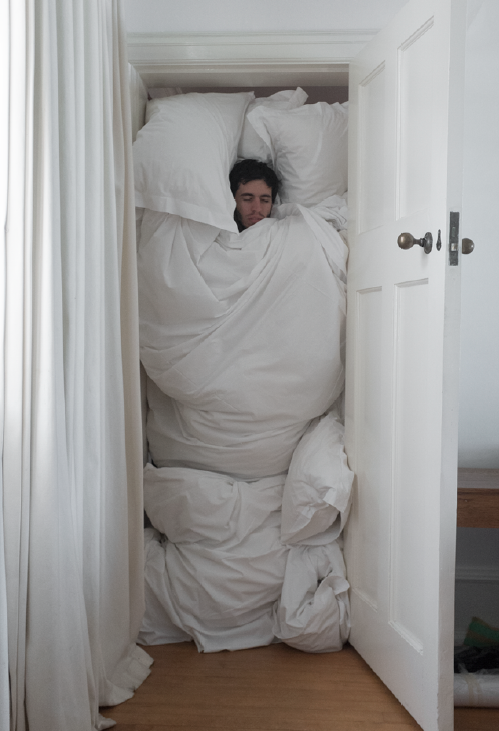









Your Custom Text Here
For the month of June 2014 I lived in a home that formerly housed Jan Christian Smuts, the man who institutionalized much of the racial segregation that became Apartheid. No one can deny the chains holding the legacy of Smuts to the horrors orchestrated within South Africa. No one, except the current proprietor of 36 Main Road, St. James, Cape Town, South Africa. The current proprietor has seen fit to use Smuts’s face and story to enhance the historical importance of the house. Others, such as local antique shop owners and conspiracy theorists, are certain that Smuts never lived there or perhaps that the house was used as a covert meeting place for the South African government and dubious Iranians.
In the midst of these contradicting narratives was me, a white male art student from America with leopard print pajama pants. The photographs I took serve two purposes: document the uncanny ethereal nature of the home and navigate myself into the maelstrom of stories concerning the home. By donning the ridiculous pajamas, a collared shirt, suit coat, and house slippers I embody the imagined owner of the home. The rooms within the house suggest certain atmospheres, such as the sultry red embroidered wallpaper or the ominously dim banquet room. These are the locations in which the ghosts perform their haunting. As the adverse reports of the house rise and fall, a monstrous ghoul rises from the couch, wearing a heap of white napkins while spouting polished black horns. A doorway becomes a bed and a sleeper, lost in dreams unhinged from reality, blocks the passageway.
I aim to transmit the psychic miasma latent within the house and how I transformed myself to fit within its walls. The pictures that feature myself are not self-portraits, but constructions of a self, created to slip easily into the inconsistent fables gathering in each corner of the haunted house.
For the month of June 2014 I lived in a home that formerly housed Jan Christian Smuts, the man who institutionalized much of the racial segregation that became Apartheid. No one can deny the chains holding the legacy of Smuts to the horrors orchestrated within South Africa. No one, except the current proprietor of 36 Main Road, St. James, Cape Town, South Africa. The current proprietor has seen fit to use Smuts’s face and story to enhance the historical importance of the house. Others, such as local antique shop owners and conspiracy theorists, are certain that Smuts never lived there or perhaps that the house was used as a covert meeting place for the South African government and dubious Iranians.
In the midst of these contradicting narratives was me, a white male art student from America with leopard print pajama pants. The photographs I took serve two purposes: document the uncanny ethereal nature of the home and navigate myself into the maelstrom of stories concerning the home. By donning the ridiculous pajamas, a collared shirt, suit coat, and house slippers I embody the imagined owner of the home. The rooms within the house suggest certain atmospheres, such as the sultry red embroidered wallpaper or the ominously dim banquet room. These are the locations in which the ghosts perform their haunting. As the adverse reports of the house rise and fall, a monstrous ghoul rises from the couch, wearing a heap of white napkins while spouting polished black horns. A doorway becomes a bed and a sleeper, lost in dreams unhinged from reality, blocks the passageway.
I aim to transmit the psychic miasma latent within the house and how I transformed myself to fit within its walls. The pictures that feature myself are not self-portraits, but constructions of a self, created to slip easily into the inconsistent fables gathering in each corner of the haunted house.